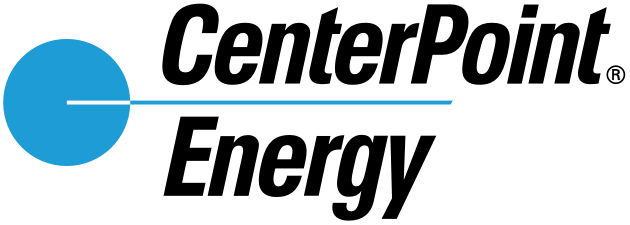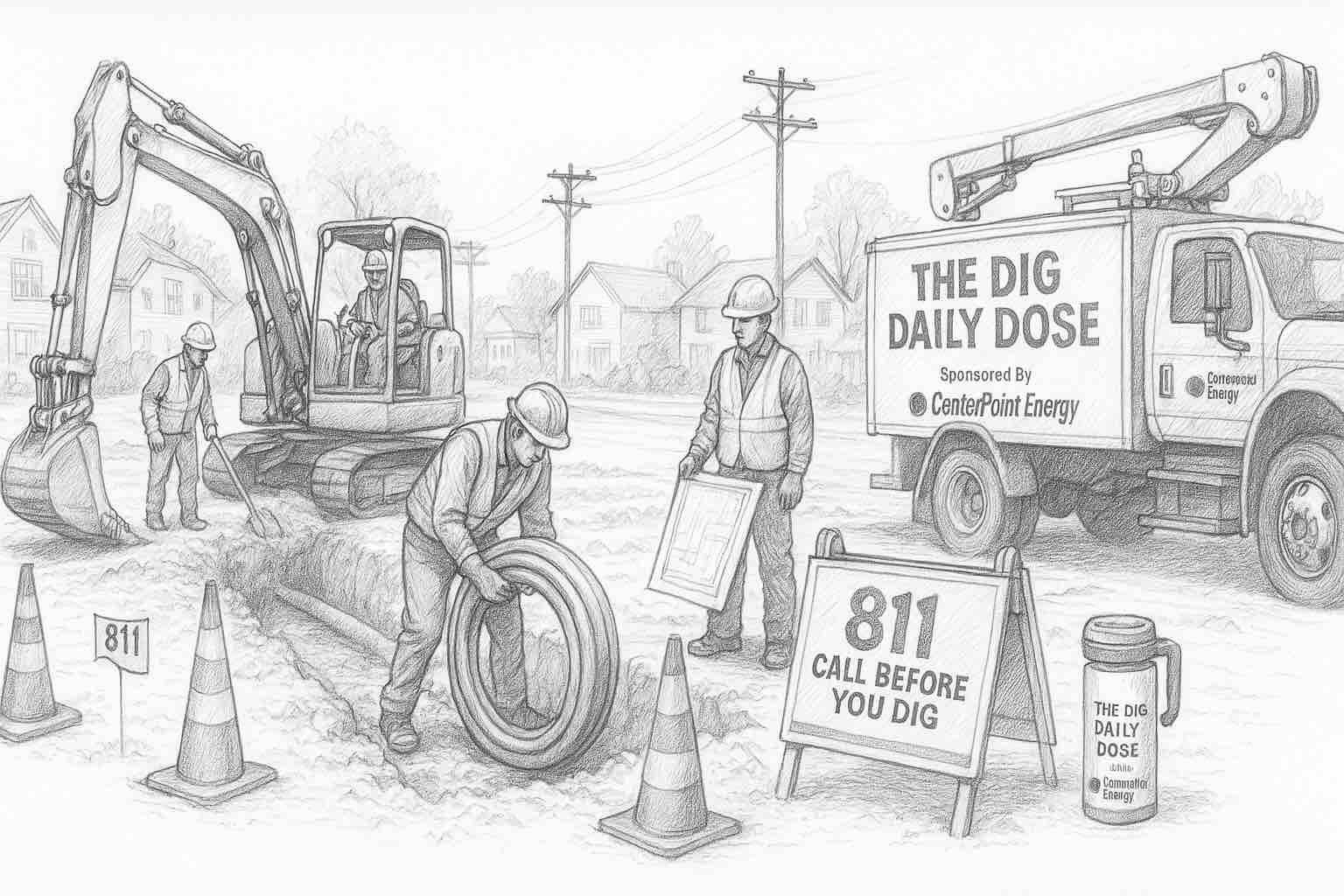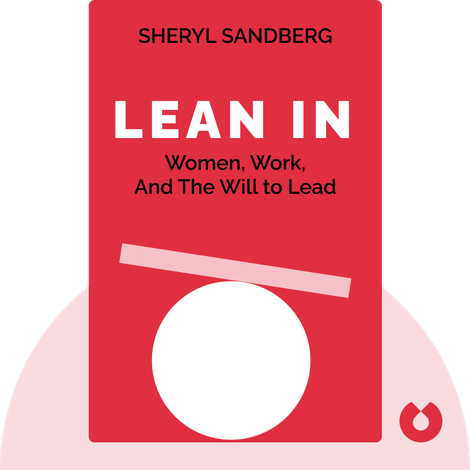“Leadership is about making others better as a result of your presence and making sure that impact lasts in your absence.”
Sheryl Sandberg
THE ART OF LEADERSHIP
Build leaders who thrive long after you're gone
Real leadership is measured by the growth you spark. When your presence raises standards, skills, and confidence, the team improves faster than any plan. The true test is continuity: do results endure when you step away? Build systems, not spotlights, so momentum outlives meetings and titles.
Create durable capability. Make outcomes clear, define decision rights, and share the why behind choices. Coach people to think, not just execute. Document playbooks, cross-train key roles, and pair veterans with rising talent. Give ownership early with guardrails, then widen responsibility as judgment improves.
Practice legacy daily. Start meetings with purpose, end with owners and deadlines. Remove roadblocks within one day. Replace status with short demos and customer feedback. Track leading indicators like cycle time and quality to show progress. Celebrate those who teach, simplify, and deliver consistently.
In ninety days, coach successors, document playbooks, delegate decisions, track autonomy metrics, and sustain results without constant intervention or supervision.
COMMERCIAL CONSTRUCTION
How does CenterPoint Energy deliver safer, smarter communities with reliable energy daily?
Across neighborhoods and industries, reliable energy turns plans into possibilities. CenterPoint Energy’s purpose is straightforward yet demanding: deliver electricity and natural gas safely, reliably, and affordably so homes, hospitals, and small businesses can thrive. Teams translate complexity into clarity, aligning planning, operations, and customer care to keep service steady through routine days and disruptive storms.
Safety is the backbone of performance. From field briefings to control rooms, decisions prioritize people first. Investment in grid and pipeline modernization, inspections, and data-driven monitoring helps predict issues before they escalate. When weather intensifies, coordinated restoration, mutual aid, and clear communication reduce downtime and help communities recover faster.
Partnership powers progress. Working with customers, regulators, and suppliers, CenterPoint expands capacity, connects new technologies, and supports efficiency programs that lower risk and waste. By pairing disciplined operations with a long-term view of sustainability and resilience, they turn essential service into everyday confidence and build the foundation for cleaner, smarter growth.
Dependable energy delivery thrives on safety, modernization, and partnership, empowering resilient communities, customer experiences, and progress toward a cleaner future.
INFRASTRUCTURE INDUSTRY
Will Key Bridge test piles speed foundations and strengthen ship impact resilience?
This week in Baltimore, crews began hammering steel test piles for the Francis Scott Key Bridge rebuild and staged the first pylon for installation. The Maryland Transportation Authority says six piles about eight feet in diameter and more than two hundred twenty feet long arrived by barge as the program ramps up. Daylight work is planned through the week with notices for nearby communities and mariners.
Test piles simulate foundation loads to verify capacity and refine design. Crews set a pile in a template, stabilize it with a vibratory hammer, drive it with a hydraulic hammer, then apply vertical and lateral loads while instruments record movement and stress. Results calibrate geotechnical models and guide the size of permanent shafts and pier protections.
Validated foundations reduce risk from currents and vessel strikes while maintaining a safe navigation channel. Expect temporary noise, Monday through Saturday, work windows, and periodic traffic and marine safety zones as heavy lifts place templates and begin early pylon work.
Watch marine and road advisories, respect safety zones, and plan trips as pile driving advances and heavy lifts position foundations.
RESIDENTIAL RESEARCH
Will OSHA’s heat rule reshape residential jobsite scheduling and budgets soon nationwide?
OSHA extended the post-hearing comment period for its proposed Heat Injury and Illness Prevention standard to October 30, 2025. The extension keeps the rulemaking record open following a June and July public hearing, giving contractors more time to submit briefs and data for the docket. A final rule could follow after OSHA reviews submissions.
What would change on residential sites? The proposal would require a written heat program, monitoring conditions, hydration, and cooldown rest breaks when hazards are present, plus training, acclimatization procedures, and response protocols. These controls target heat-related illnesses among framing, roofing, and concrete crews common in homebuilding.
Action this week for builders: review OSHA’s docket questions, draft post-hearing briefs, and pilot job hazard analyses and heat plans across active communities. Coordinate with trade partners on shade structures, hydration logistics, and break scheduling so costs, productivity, and safety expectations are reflected in bids and schedules.
Submit comments by October 30th, pilot jobsite heat plans, document controls, train crews, and budget for compliance beginning in 2026.
TOOLBOX TALK
Hand and Finger Injury Prevention
Introduction
Good morning, Team!
Today, we cover keeping hands and fingers safe while handling materials, tools, and equipment.
Why It Matters
Lacerations, crushes, punctures, and amputations are among the most common job-site injuries. Often from rushed moves, poor grip, or contact with sharp or moving parts.
Strategies for Hand Safety
Planning and hazard ID: Review tasks and identify pinch points, rotating parts, hot surfaces, sharp edges, and blades. Choose methods that keep your hands clear.
Gloves and PPE: Match glove to hazard. Use cut-resistant gloves for edges, impact gloves for heavy items, and chemical gloves for solvents. Remove rings and keep sleeves fitted.
Tools and guarding: Use the right tool, keep guards in place, and lock out equipment before clearing jams. Use push sticks for saws. Keep utility knives sharp and self-retracting.
Material handling: Use rigging or mechanical assists for heavy pieces. Never place hands under suspended loads. Use chocks or cribbing and tag lines. Mind hinges and pinch points.
Positioning and communication: Maintain line of sight, call moves, and use a spotter when hands are near danger. Keep your hands out of the line of fire and store blades retracted.
Discussion Questions
Which tasks today present pinch points, sharp edges, or crush hazards?
What glove types and tools are assigned, and who checks guards and knives?
Conclusion
Plan the task, use the right protection and tools, and keep your hands clear.
Glove up, guard it, work smart!





